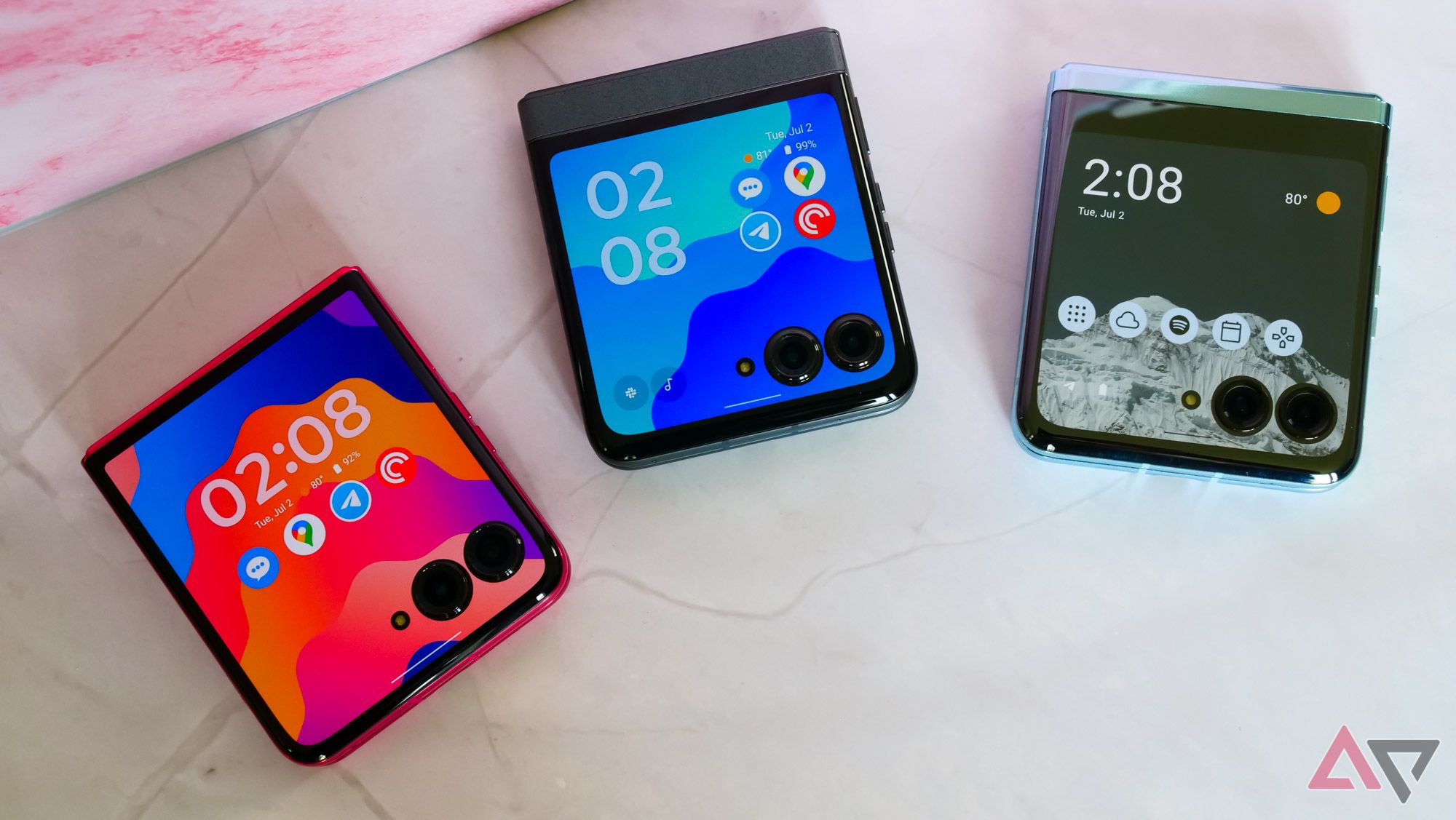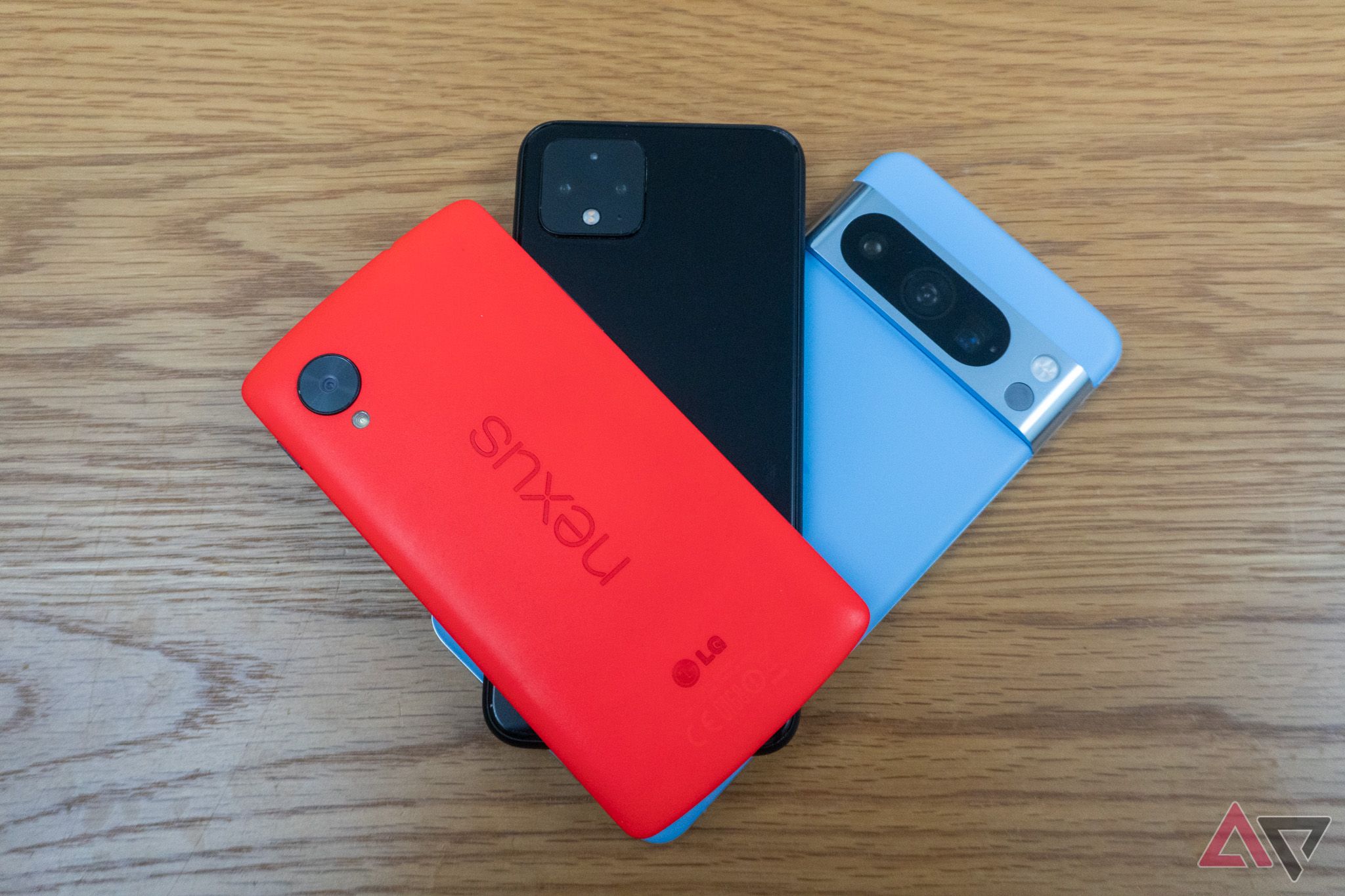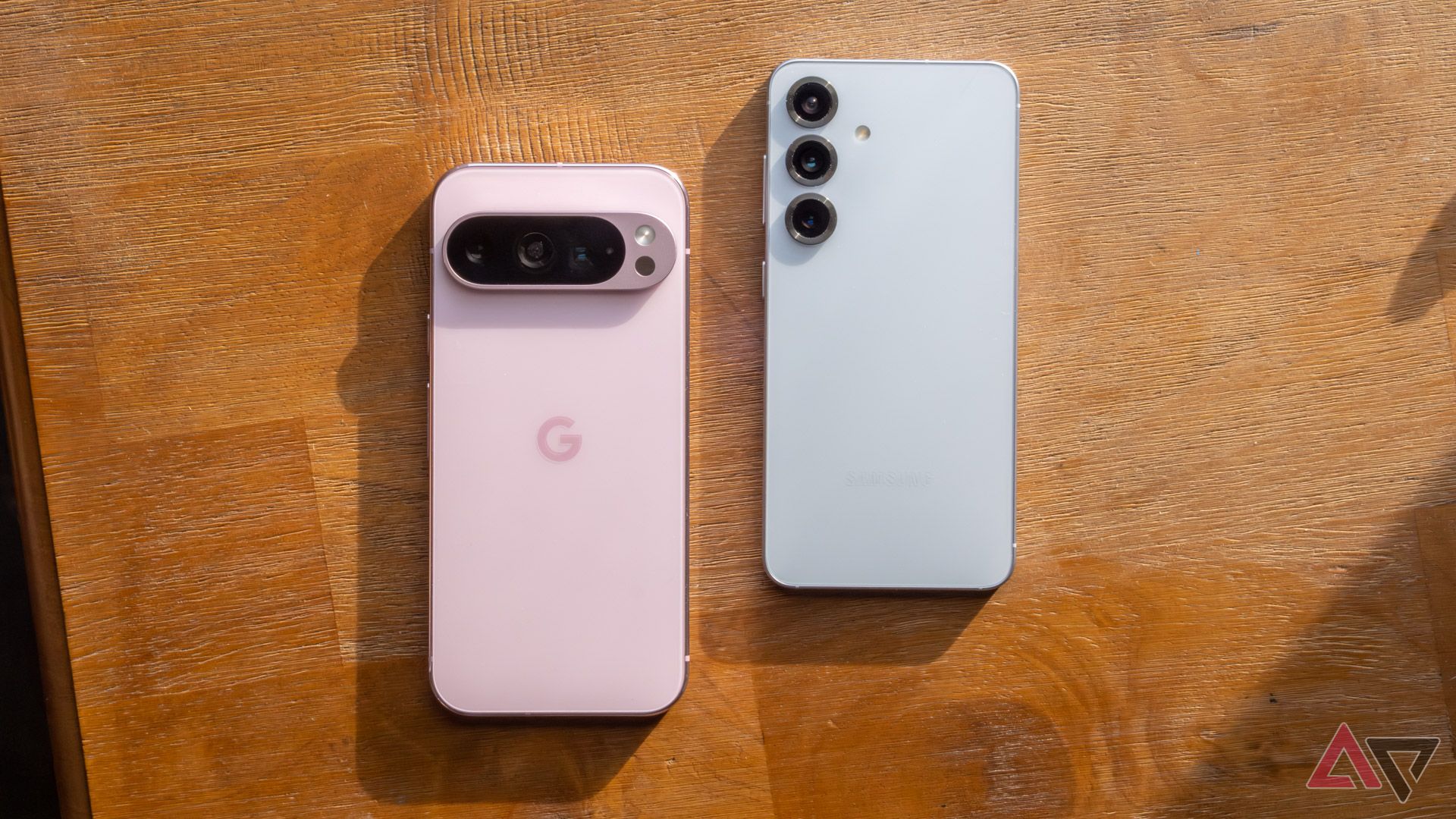Mobile phones like the Nokia 3310 and Blackberry Curve were considered big in the 2000s. Handsets with 2.5-inch to 3-inch screens that could be used one-handed are now considered pocket-friendly, considering the average smartphone screen size is around 6.5 inches.
No Thanks, Keep Reading
Android used to offer many compact options, such as the Sony Xperia Compact series, Google Pixel 4a, and Samsung’s mini models. Now, the market is dominated by larger screens. Due to the shift in user demand (consumers craving access to mobile gaming, video streaming, and content creation), most Android phones are on the larger side. The more feature-rich the device, the larger the shell that’s needed to house that technology.
Related
Flip phones aren’t the small phone replacement I’ve been looking for
Craving portability? Only one way to find it
The golden era of compact Android phones
In the 2010s, a range of sub-5-inch phones, such as the Sony Xperia XZ1 Compact (4.6 inches) and Xperia Z5 Compact (4.6 inches), were introduced. Still considered small by modern standards, the Google Pixel 4a (5.8 inches) and Samsung Galaxy S10e (5.8 inches) catered to compact phone fans.
Compact Android phones stole the market thanks to their comfortable one-handed use, lightweight designs, and easy-to-navigate displays. However, with modern smartphones packing so many features (and allowing you to pocket a handheld computer), the demand for smaller phones seems to be dying out.
Why small Android phones started disappearing
Access to mobile internet was first commercially available in 1996 with the release of the Nokia 9000 Communicator in Finland. However, due to the high costs, the viability of these handsets was slim to none. Now, with most homes, public spaces, and workplaces offering a stable Wi-Fi connection, smartphones can connect to the internet for free, allowing access to a wealth of apps and content, like Netflix and YouTube.
Bigger screens enhanced the user experience of owning a smartphone. With those bigger screens came more pixels and faster refresh rates. Mobile phones aren’t used solely for making calls or sending messages anymore. You can play games, send emails, make video calls, and connect to people worldwide without paying a fortune.
With all the content and features available on modern smartphones, the demand for all-day battery life is high. Although some smaller phones have decent battery life, it’s easier to balance power with endurance in larger handsets.
Similarly, many flagship Android phones offer triple-camera or quad-camera setups. These larger sensors require more internal space, leaving compact phones struggling to match flagship-level photography.
Some people still want smaller phones
Despite mainstream trends, some users seek smaller phones. Not everyone purchases a smartphone to stream videos, play mobile games, or create content.
Professionals prioritizing usability or needing a second handset for business purposes only may prefer a smaller Android phone for portability. Lugging around two large phones isn’t always possible, so a smaller, lightweight, or budget Android phone could be a better option.
Older users who dislike larger, heavier devices can have phone access without the bulky nature of a large phone. With the digital shift we’ve seen in recent years, accessing banking apps or paying for products and services online is becoming more of a necessity than an option. Still, this doesn’t mean you need a large device with all the bells and whistles.
Are compact Android phones truly dead?
Several recent attempts at small Android phones have failed due to poor sales, subpar battery life, and (in some cases) being discontinued. For example, the Sony Xperia 5 V (6.1 inches), which isn’t compact but still smaller than many modern flagships, was let down by its 30W fast charging limit, lack of telephoto lens, and default 128GB storage option. However, Sony doesn’t advertise its phones or have carrier partnerships, so its handsets lean more into the higher price bracket.
In the Android space, few small or compact phones can compete with Apple’s 4.7-inch iPhone SE (2022). The last real compact flagship from Android was the Samsung Galaxy S10e, released in 2019.
The shift away from smaller Android phones remains strong. However, there has been a resurgence in flip-style foldable phones, like the Samsung Galaxy Z Flip and Motorola Razr. These phones offer a compact experience when closed. However, these options are somewhat bulky and can’t be considered small, particularly with their super-tall 6.9-inch displays.
The future of compact Android phones
It’s hard to say what the future of compact Android phones will look like. Although many manufacturers seem to be leaning toward the larger screen market, advancements in technology, like AI and software optimization, could call for a comeback of smaller devices.
More efficient batteries (such as OnePlus’s silicon batteries) and AI-driven power management could solve some of the endurance issues that smaller phones face. In addition, advanced camera processing could allow smaller camera modules without sacrificing quality. But is there enough demand for it?
If a successful flagship phone, under 6 inches, sold well, we could see a shift in consumer preferences. But for now, it looks like the manufacturers are sticking with the “if it ain’t broke, don’t fix it” approach, which has worked nicely for them.
Bigger is better (for now)
Compact Android phones were once popular, but large screens, battery needs, and consumer trends have killed them off. While a minority of users love compact phones, most manufacturers hesitate to invest. Foldable phones and AI-driven optimizations may revive compact Android phones. However, unless the demand for these devices changes, small phones will likely remain a niche product.
Related
I tried the Google Pixel 9 Pro and the Samsung Galaxy S25 to see which small phone feels better
When small flagships compete, we all win





